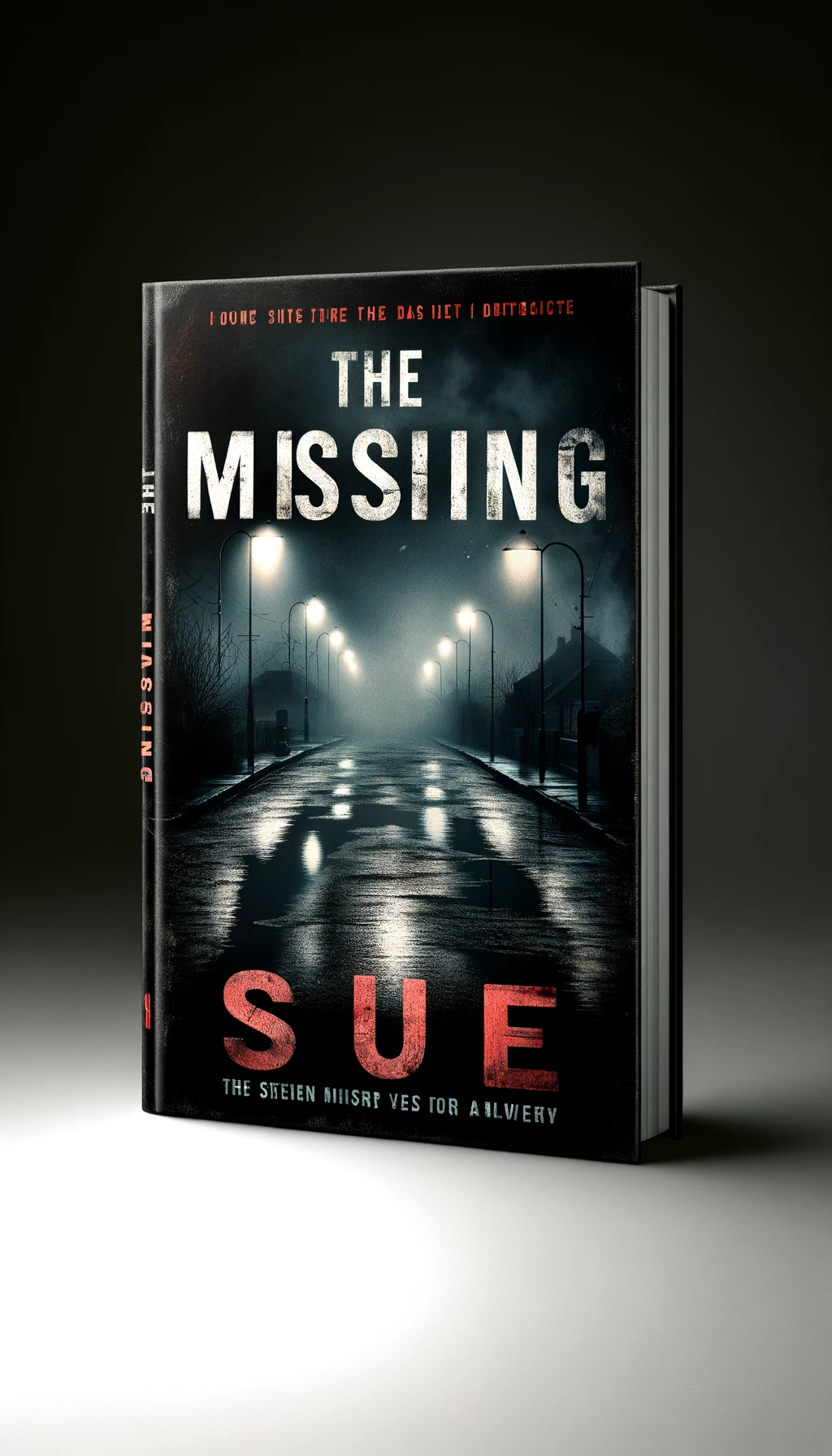How to do a Book Review?
Writing a good book review is not just about summarizing the book's content; it involves offering a critical analysis that gives readers a thorough insight into the book's strengths and weaknesses. Here’s a detailed guide on how to write an engaging and informative book review:
1. Read the Book
Read thoroughly: Don’t skim. It’s important to understand all aspects of the story, including nuances and subtleties.
Take notes: Note down important points, themes, and any quotes that stand out. This will help you when you refer to specifics in your review.
2. Introduction
Basic Information: Start with a few essential details like the title, author, genre, and publication date.
Hook: Open with a catchy or intriguing statement to grab the reader's attention. This could be an impactful quote from the book, a surprising statistic, or a bold statement about the book’s content.
Thesis Statement: End the introduction with a clear thesis statement, outlining your overall opinion of the book.
3. Summary of the Content
Keep it brief: Provide a concise summary of the plot, focusing on the main points that relate to your analysis. Avoid giving away any spoilers or revealing plot twists.
Context: Set the scene of the book. Who are the main characters? What are the principal events?
4. Analysis and Evaluation
Discuss themes: What themes does the author address? How effectively are these themes handled?
Evaluate characters: Analyze the development of the characters and their relationship dynamics. Are the characters well-rounded and believable?
Consider the author's writing style: Is the writing style suited to the story? Is it engaging, or does it fall flat?
Pacing: Reflect on the pacing of the book. Does the story drag at any point, or does it keep you on the edge of your seat?
Impact: Did the book change your perspective on a certain topic or leave you with something to think about?
5. Opinions Supported with Examples
Back your statements: Use specific examples from the book to support your opinions. This might include quotes or descriptions of certain scenes.
Balance: A good review will have a balance of positive and negative aspects, unless your overall experience is overwhelmingly in one direction.
6. Concluding Paragraph
Summarize your thoughts: Restate your overall opinion of the book.
Recommendation: Indicate who might enjoy the book. Consider aspects like the age group, fans of a genre, or similar authors.
Closing thoughts: Optionally, you can end with a reflective thought or a poignant question to leave the reader pondering.
7. Revision
Proofread: Check for grammar, punctuation, and spelling errors.
Tone and flow: Make sure the review flows smoothly and maintains a consistent tone.
Fact-check: Confirm that all names, dates, and factual information are correct.
Additional Tips
Be honest but respectful: It’s okay not to love a book, but it’s important to critique it constructively.
Avoid clichés: Express your view in a fresh and personal way.
Engage with other reviews: After writing your review, reading others can provide additional insight or a different perspective on the book.
A well-crafted book review not only reflects your personal experience and opinion but also guides potential readers in deciding whether the book is suitable for them.



Write Your Comment